Home flippers buy dilapidated houses, fix them up, then sell them again as quickly as possible with the intention of making a tidy profit. Flipped houses look shiny and new inside, but what's going on underneath all the new drywall, carpet, and paint? Very few home buyers seem to trust flippers, and with the cheesy 'repairs' or 'cover-ups' I've seen over the years, it's easy to understand why. Most of the quick and dirty home flippers take the same shortcuts when flipping houses; I've seen so many of them done the same way that I'm going to tell you all about the flipped house you just looked at without even knowing the address.
Interior
The interior of the home looks great. The kitchen has all new or re-painted cabinets, stainless steel appliances, granite counter tops, and a tiled floor. The first floor bathroom has been completely re-done, and a second floor bathroom was recently added, or possibly a basement bathroom. They look great. All new carpet, paint, light fixtures, outlets, and switches throughout the house. Possibly all new windows as well.
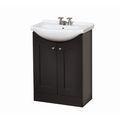
When looking at flipped houses, you might notice poorly designed kitchens (ie - cabinet doors / drawers that are blocked by other cabinets), nail holes that aren't filled, appliances installed without an outlet to plug them in to, and loose / unsecured countertops or base cabinets. Bathrooms will often have vanity cabinets that are way too small for the space because the flipper bought the 'special buy' vanity, top, and faucet combo on sale at whatever home improvement store was close.
The handrails are new, but they might come right out of the wall if you pull on them. I've found a few handrails at flipped houses that were only attached to drywall.
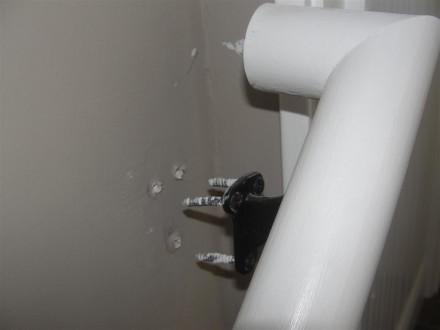
Electrical
There is a brand new circuit breaker panel installed in the basement, which replaced the old 60-amp fuse panel. The new panel has a state electrical inspection sticker on it, and everything looks great. I don't find many electrical problems on flipped houses. Even the worst home flippers usually know better than to mess with the electrical; they don't want their houses to burn down.
Heating
The home has an old, unsafe heating system at the end of it's life expectancy. The flipper has documentation from 'their guy', some heating contractor that you've never heard of, saying the heating system is safe. You should be suspicious. I've found heating safety check forms filled out that weren't worth the paper they were written on. I've found furnaces and boilers creating high levels of carbon monoxide that the heating contractors said were fine. In one particular case, the home flipper claimed my equipment was faulty; we argued for a while, and eventually the flipper had the gas company come out to do their own test. The gas company promptly red-tagged the heating plant and shut it down.
Another possibility is that the heating system was completely replaced. If so, great, but check the furnace's blower fan for drywall dust. There's a good chance that the flipper had the blower fan running while they were doing their drywall sanding, and the interior of the furnace is completely caked in drywall dust. The photo below shows a close-up view of a furnace's blower fan blades covered in a thick layer of drywall dust.
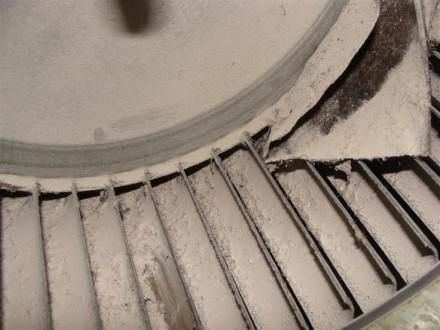
If the home was originally heated with a boiler, the home flipper most likely pulled out all of the pipes and radiators and converted the system to forced air; this is usually far less expensive than repairing or replacing the existing system.
Air Conditioning
If the house is being sold during the winter, the AC is very old and may not be functional. If the house is being sold during the summer, the AC is brand new and keeps the house very comfortable. I don't find much in-between those two extremes.
Structure
This is the item that home buyers are most concerned about, especially on flipped house, but I'm afraid I can't shed any light on this one. Despite what home buyers expect, I don't find structural problems on flipped houses any more than I do with other houses.
Plumbing
The water distribution pipes will either be in acceptable condition or they'll all have recently been replaced; no issues there. There will be major problems with the drains though; nobody has lived in the house yet, so nobody knows about the leaks and clogged drains. The old steel drain lines are often clogged at the kitchen sink, and possibly at other locations.

New plumbing fixtures often leak when they're filled with water and then drained; it's not unusual to find several leaking drains at flipped houses.
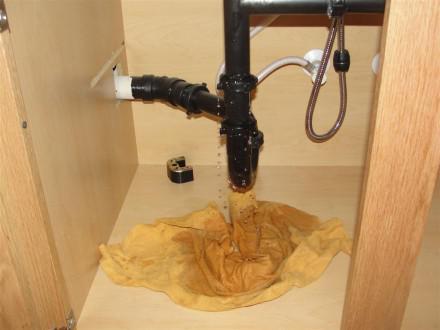
Sometimes we'll find floor drains, basement showers, or even basement sinks that back up with water when the plumbing fixtures at the upper levels are filled and then drained. That's exactly what was happening with this new basement bathroom sink at a flipped house in New Hope.
Tiled shower floors are also notorious leakers at flipped houses; I'd estimate that half of them leak. I remember inspecting one house in Minneapolis about two years ago where both of the tiled shower floors leaked like crazy. The buyers decided they didn't want the house before I was even finished with my inspection.
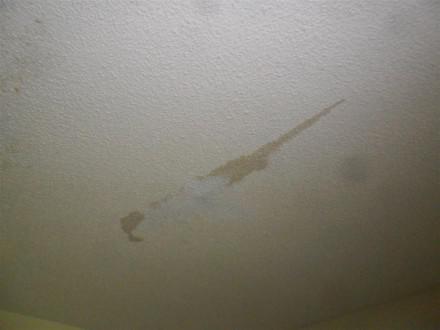
Roofs
The shingles on the roof are in bad shape. You'll find patched sections of shingles or shingles that are badly deteriorated and at the end of their life expectancy. Replacing the roof covering is an expensive project, but it won't make the house sell for any more money, so flippers leave the roof alone if it's not leaking. I can't say I blame them.
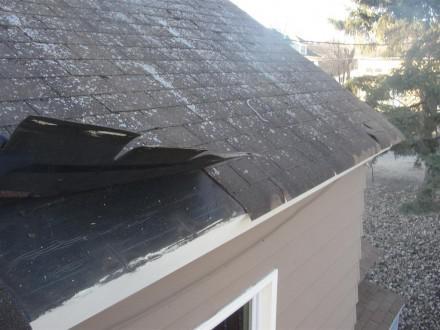
Insulation
The insulation in the attic hasn't been touched for a long time - it might even be original, and it will need improvement. Flippers don't get any return on their investment for new insulation, so don't expect anything to be done here.
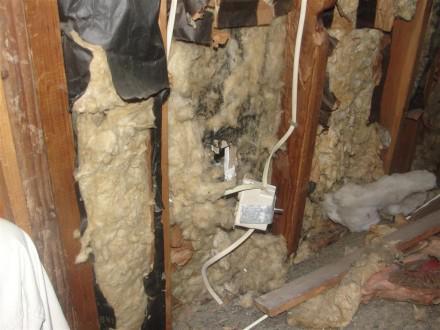
Exterior
Shoddy workmanship abounds at the exterior. The original wood windows were replaced with vinyl inserts, but the old wood at the exterior is still rotting away and has been freshly painted, or someone did a quick and dirty job of wrapping the windows with aluminum and left a lot of rotted wood still exposed.
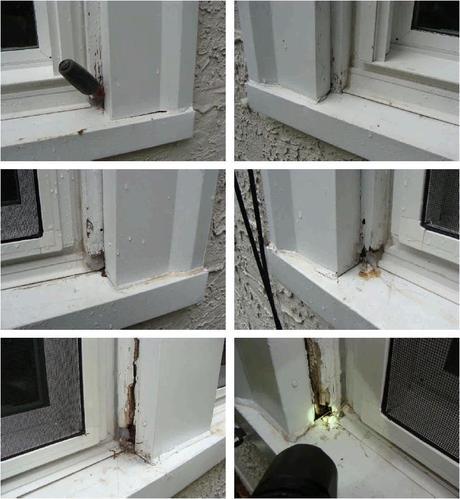
The basement windows have been replaced with whatever size window was close, and the flipper used clear pine or plywood to make up the difference in size. This is sloppy workmanship, at best.
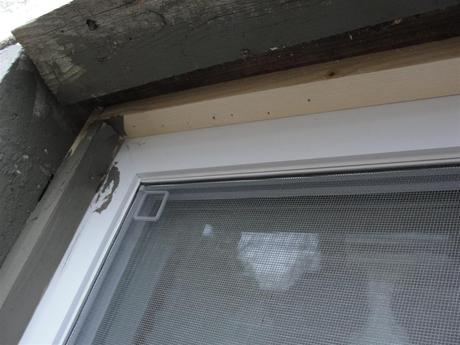
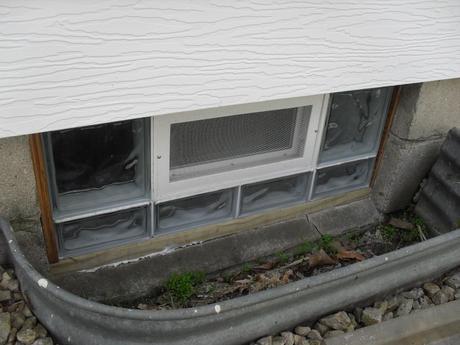
Some of the siding repairs may even be comical; I actually found a hole in the siding repaired with a coffee can lid at a recent flipped home inspection.
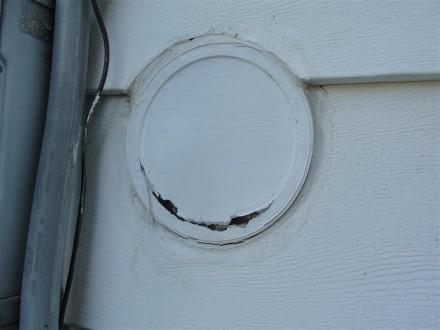
There is a thin layer of new wood chips surrounding the house, but nothing has been done to correct improperly pitched soils around the house that can lead to a wet basement. You'll want to re-grade right away. The chimney has a lot of missing mortar and cracks in the crown. You'll need to hire someone to repair the chimney to help prevent the deterioration from getting worse.
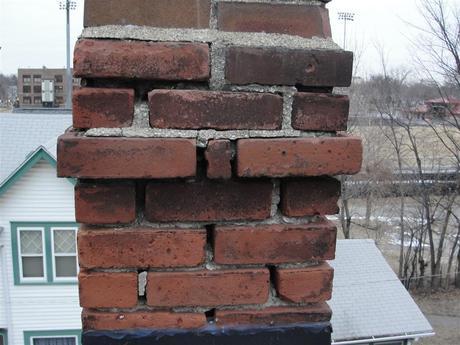
Conclusion
Was I close? If you just finished looking at a flipped house and you didn't find any of these issues, buy the house! take a closer look. These are the defects that I often find at flipped houses, but keep in mind, these are broad generalizations. Some flipped houses aren't in nearly this good of shape, while others are pristine. I've worked with plenty of home flippers who do high quality construction work, including a friend, Andy Blessing. His company occasionally flips houses, and I'd be perfectly happy to buy any house he flipped because he does honest, high quality work. There are plenty of good contractors who do excellent work, but it's the rest of 'em that give home flippers a bad name.
If you're buying a flipped house, the items you should pay the most attention to should be the exterior, roof, insulation, and drains. Individual results will vary.

